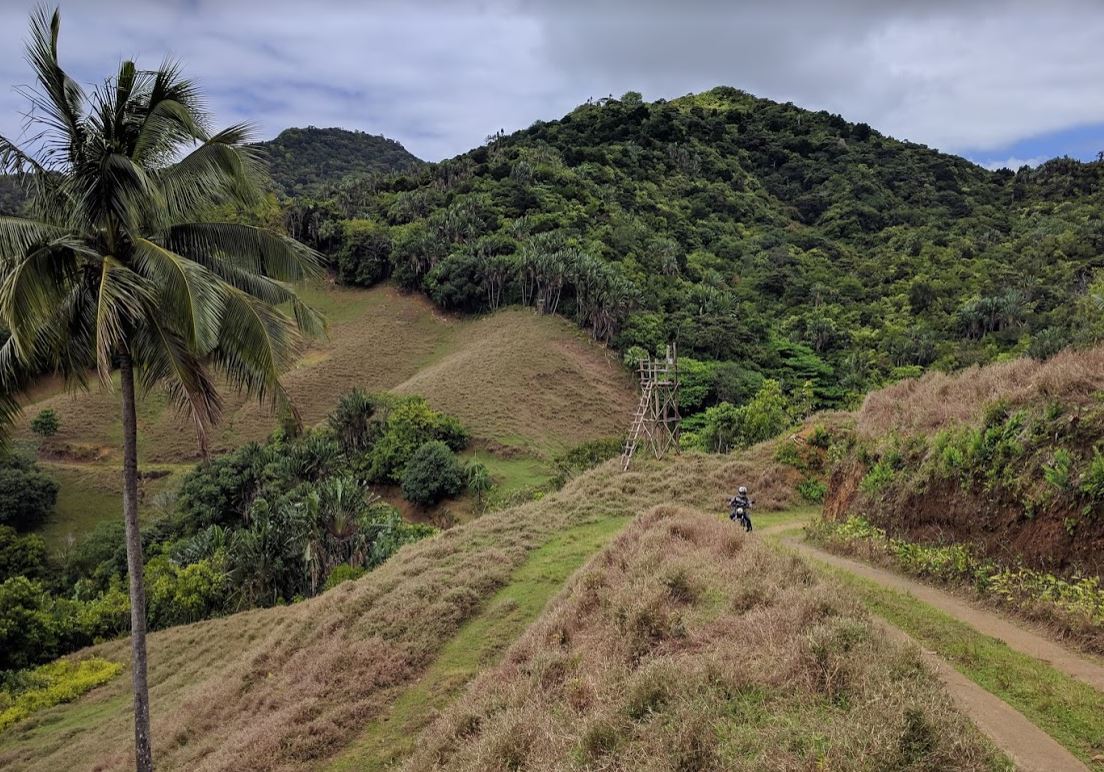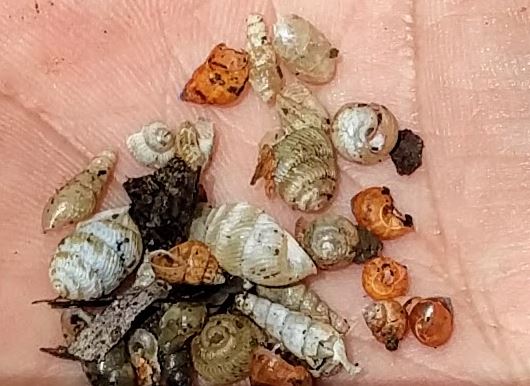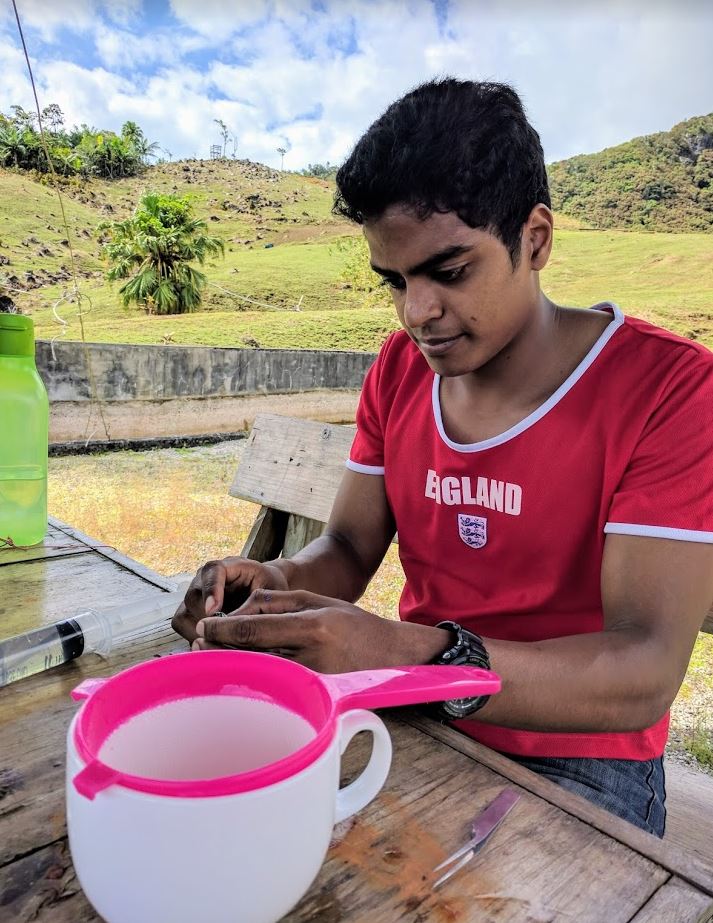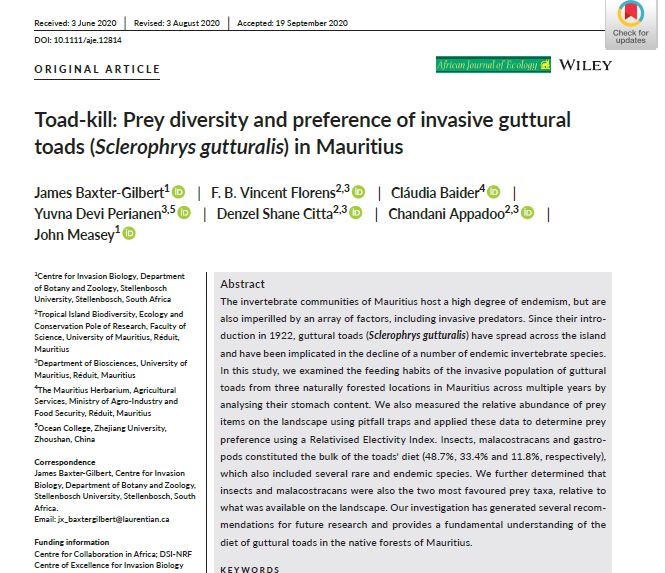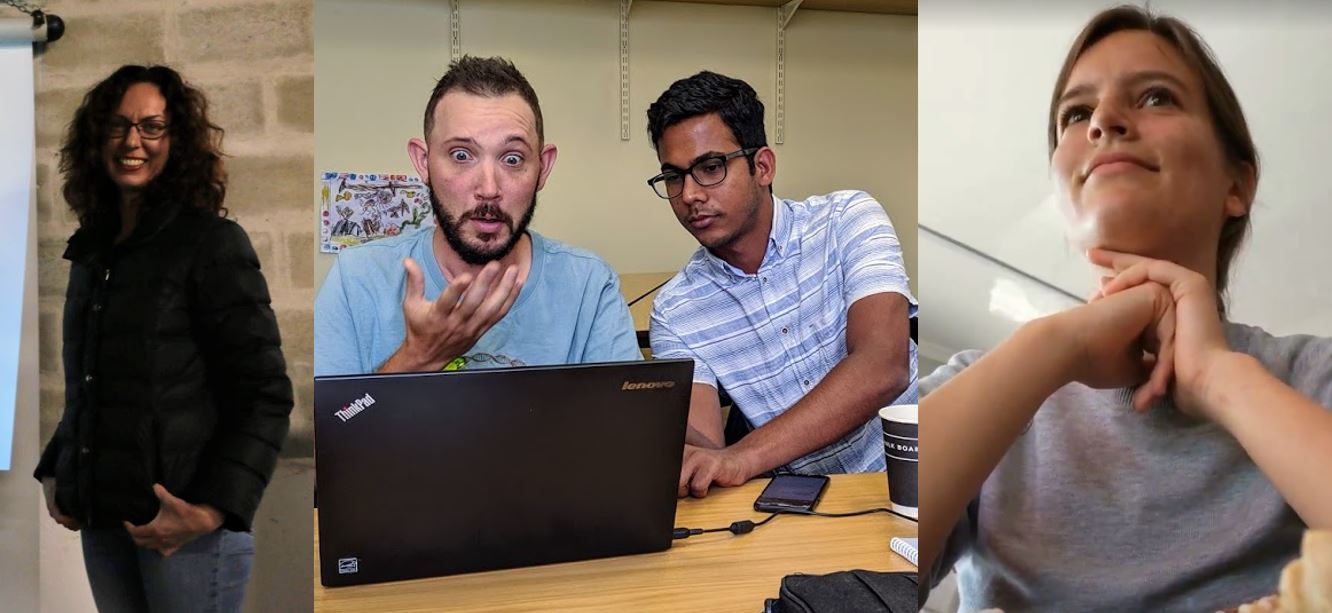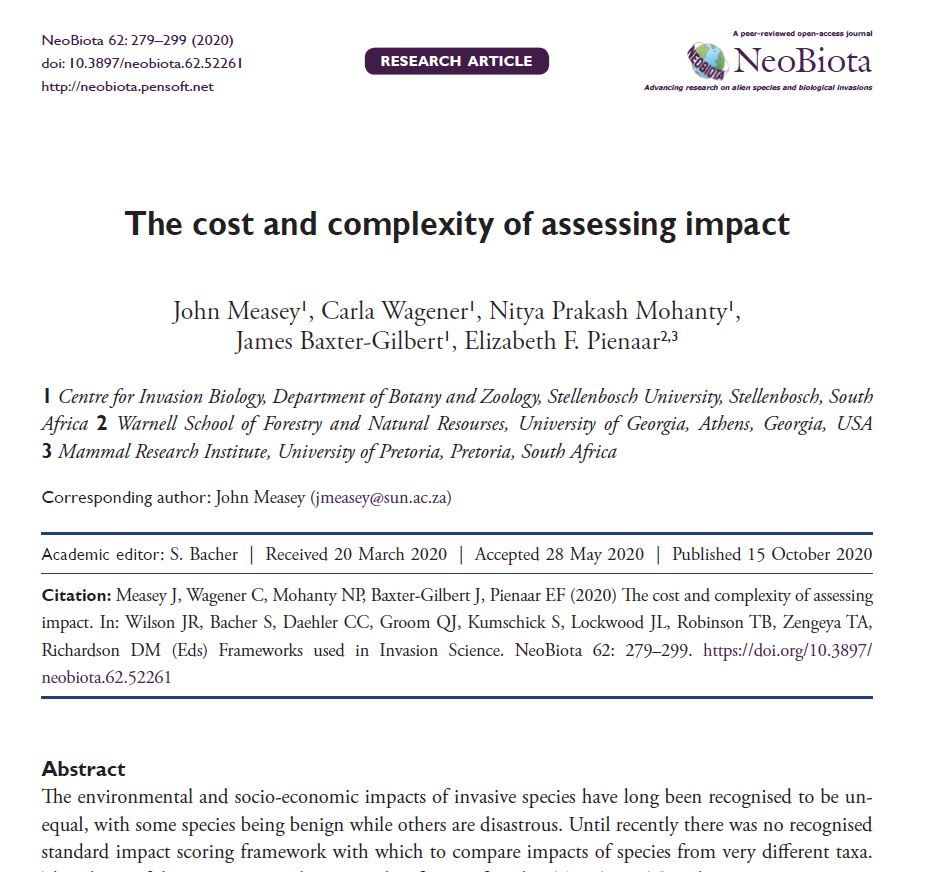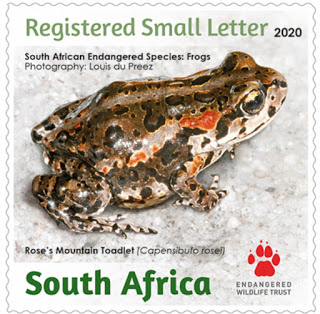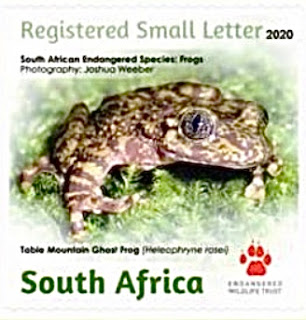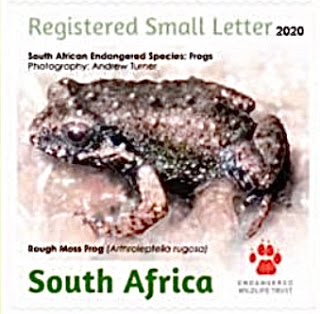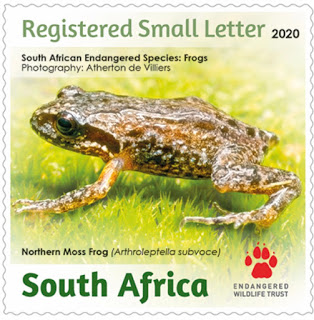Why write a popular article?
You may have noticed that in the MeaseyLab there are quite a few popular articles written (if you haven't noticed, click here to see links). This is something that I encourage all students to do, especially after they've recently published a paper. But why?
Here are some reasons why:
- Inform tax-payers who funded research what you found
- Increase profile of your work and you as a researcher
- Reach a far bigger audience than your scientific paper ever will
- Reach other researchers (who also read popular articles)
- Open more doors to other potentially cross-disciplinary work
- Gain new insights into how your work appears to the general public
The Conversation Africa is an online magazine that we go back to time and again. It is written by academics about the subjects that they know best. We have a great relationship with their editors, and they've previously held a writing competition in conjunction with the CIB (see here).
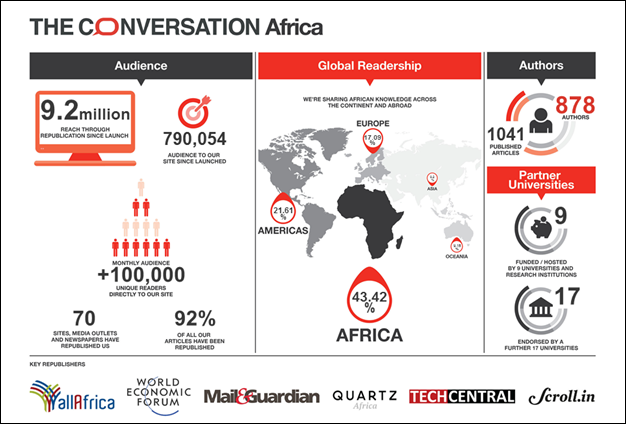
In an effort to facilitate your popular article writing, here's a few pointers to help you get started:
What’s the hook?
Your popular article will not be the same as your chapter or paper. You should plan to have a single fact or message that you want the public to walk away with after reading your article. This is unlikely to be the same as the main result in your chapter or paper.
When composing your article, you need to be single minded about achieving the understanding of your hook. The article cannot take any side roads or distractions, but must stick to the main point. Once that’s done, provide the “so what” that allows the public to see the bigger picture, and maybe where you would go next.
Don’t get complex or technical
If your whole article hinges on something technical, you might have to start by explaining it simply. If you can’t easily explain it, then this is probably the wrong subject for a popular article. Don’t worry about leaving out key details, you can always refer the reader to your article if they want to know more.
Always refer to your published work
Make sure that you always have some reference to your work that’s published. Provide a hyperlink, but preferably give the full citation.
Be aware that news items count towards metrics of your article, so be sure to link it correctly.
You must always mention the CIB & Stellenbosch University - they do most of the funding for our work
Pictures, videos and even sound files
These are great to help readers engage with your work. Try to choose images that tell the same information as you have in your article. Try to remember that you will need these when doing your research as it will help later.
